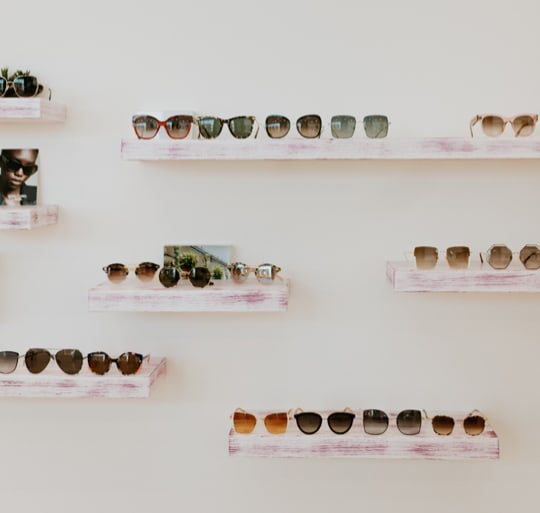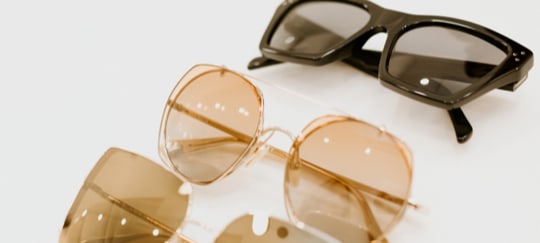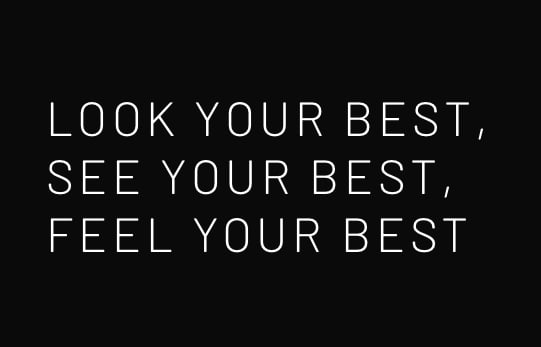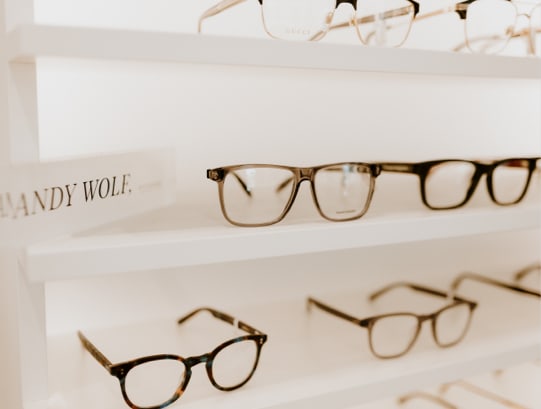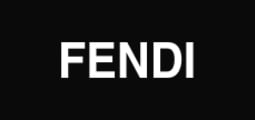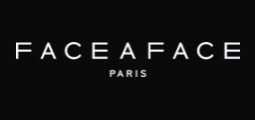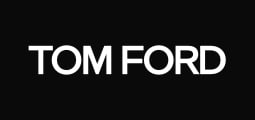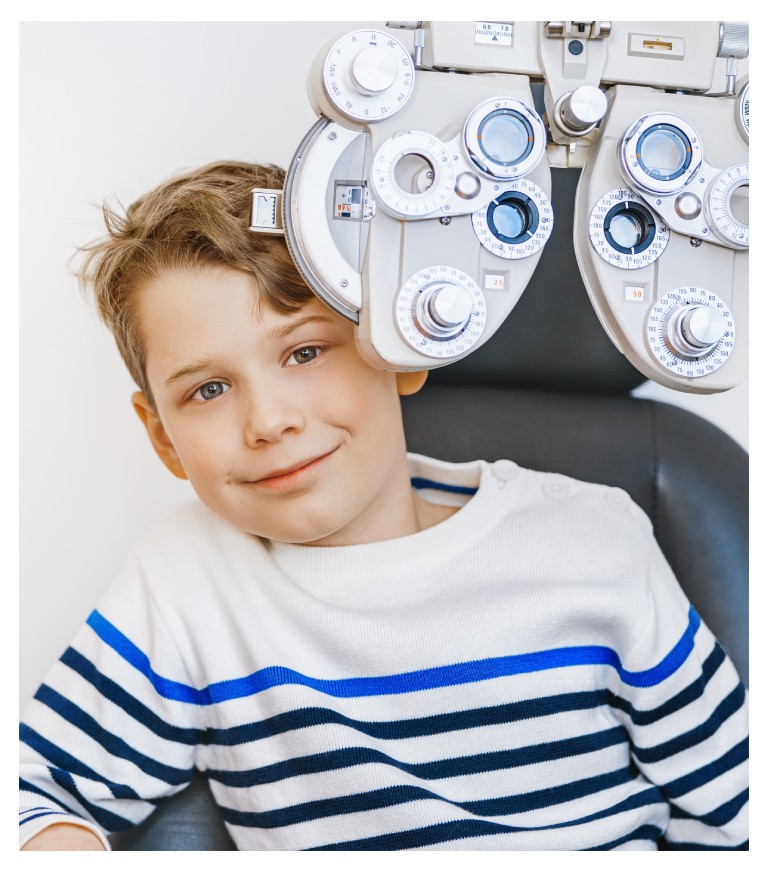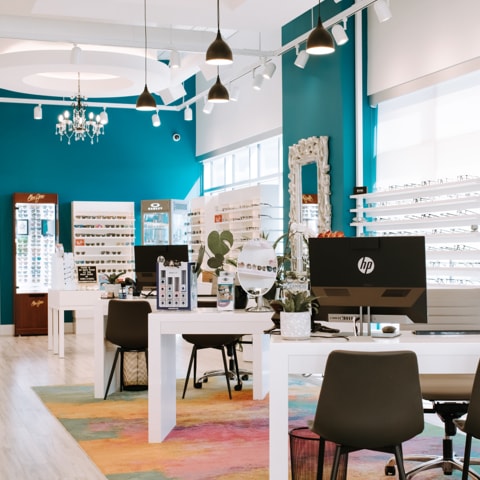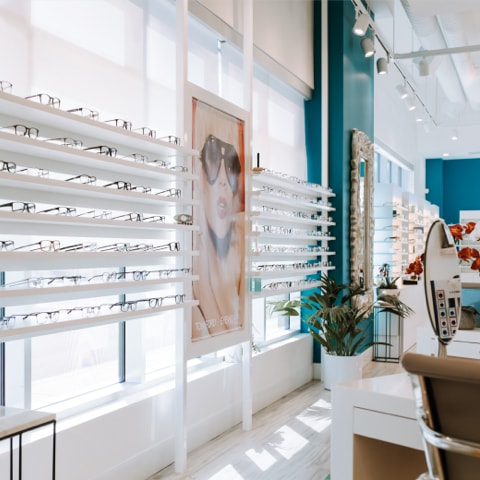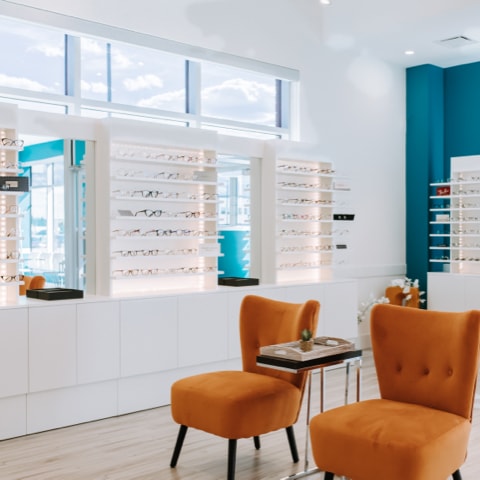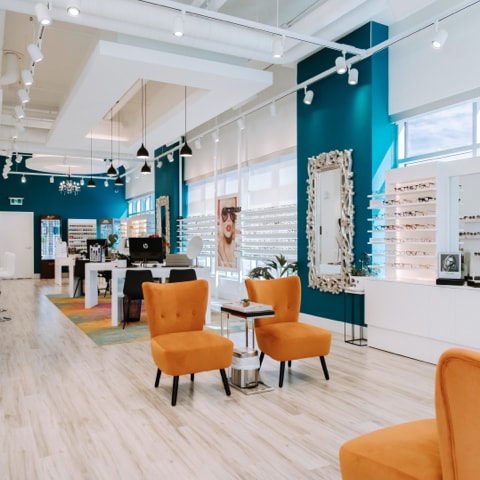Controlling Myopia Progression Early
Myopia (nearsightedness) is a common vision condition that can affect children from a young age, causing distant objects to appear blurry. We know that kids often lead adventurous lives, and anything that prevents them from doing that can be frustrating.
Along with regular eye exams, our team provides proven myopia control methods such as ortho-k contact lenses, atropine drops, MiYOSMART spectacle lenses, and more.
Don’t let myopia hold your kids back—visit us today to find the myopia control method that’s right for them.
Book Appointment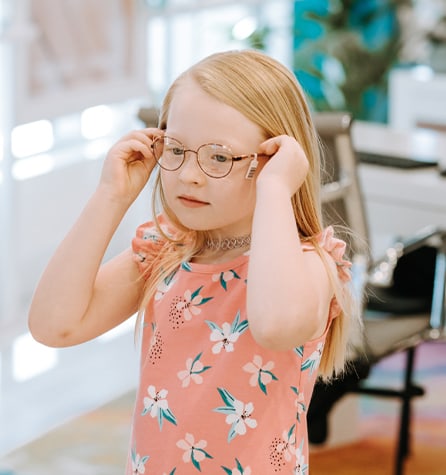
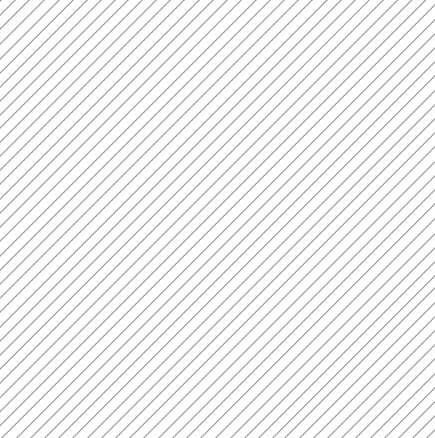
What Is Myopia Control?
While there’s no cure for myopia, there are ways to manage and control its progression. Myopia control involves various techniques, such as specific types of lenses, soft contact lenses, ortho-k (corneal reshaping) lenses, specialty glasses, and even low-dose atropine eye drops.
These treatments can help slow down the progression of myopia. It’s all about taking proactive steps to keep their myopia in check.
What Is Myopia?
Myopia or nearsightedness is a vision condition caused by a cornea that is curved too steeply or an elongated eyeball (measured as axial length). As a result, light doesn’t focus correctly on the retina, causing distant objects, like whiteboards in classrooms, to appear blurry.
Some common symptoms of myopia can include:
- Blurry vision when looking at faraway objects
- Eye strain
- Squinting to see distant objects
- Headaches
If your child is experiencing these symptoms, contact our team to find out if myopia control could benefit them.
What Causes Myopia?
Myopia has both genetic and environmental causes. Kids are more likely to develop myopia—and progress at a faster rate—if at least one parent is nearsighted. Increased near work, like reading, drawing, and tablet use, is also linked to a higher likelihood of myopia in children.
What Is the Myopia Epidemic?
In 1983, the average onset of myopia was 11 years old. But by 2000 the average started as early as age 8. Myopia is affecting more people at a younger age. And the rates of myopia are expected to climb to almost 50% worldwide by 2050. That means 1 in every 10 people might face high myopia.
Myopia typically progresses from low to high until stabilizing in a person’s early 20s. Preventing rapid progression is vital, as higher amounts of myopia increase the risk of severe vision loss, including eye conditions like cataracts, glaucoma, retinal tears detachment, and macular degeneration.
Vision & Learning Are Connected
When kids have trouble with their eyesight, it can impact their daily life at school, including reading from a distance, seeing the board, and participating in sports and other fun activities. This can lead to stress and confusion, and if left undiagnosed, it may cause them to fall behind their friends.
By seeking professional care and treatment options, like corrective lenses or ortho-k, you can help your child succeed inside and outside the classroom.
Myopia Control Lenses & Drops
We offer a variety of myopia control solutions, such as ortho-k contact lenses, MiYOSMART eyeglasses lenses, and atropine eye drops. It all starts with consistent eye exams which are essential to keeping our team up-to-date on changes in your child’s vision.
If your kids are experiencing difficulties with their vision and you have myopia concerns, we’re here to help.
Ortho-K Contact Lenses
Orthokeratology, also known as ortho-k, uses rigid gas-permeable contact lenses that are worn overnight to mould a person’s cornea and help reduce their dependence on glasses and contact lenses throughout the day.
Ortho-k lenses are a great option for children managing mild to moderate myopia. These lenses work by flattening the cornea, reducing the eye’s refractive power and slowing myopia progression.
You need to replace these lenses on an annual basis, and the results are not permanent. Replacement lenses cost between $400-$440.
HOYA MiYOSMART Lenses
HOYA’s MiYOSMART is a glasses lens designed to help slow myopia progression, with an average reduction rate of 60%. Normally, when light hits the retina in a myopic person, the peripheral (side) rays will focus behind the retina, and this triggers the eye to grow and increase axial length.
MiYOSMART lenses use D.I.M.S. (Defocus Incorporated Multiple Segments) technology—creating a honeycomb-like lens pattern—to give a 50/50 ratio of light rays that focus on the retina (clear vision) to light rays focusing in front of the retina (blurry vision or myopic defocus).
Atropine Drops
Low-dose atropine is a promising treatment method for children with myopia. Studies have shown that a low dose of atropine in eye drop form can help slow the progression of myopia in children to reduce the risk of severe nearsightedness.
Low-dose atropine drops can work by suppressing the eye’s growth to slow down the progression of myopia. This treatment is typically prescribed as a daily drop, administered in the evening before bedtime.
Soft Contact Lenses
Abiliti 1-Day contact lenses by Johnson & Johnson are breathable daily disposable contact lenses used in myopia control. The lenses use a ring defocus technology that delivers great vision and comfort, comparable to their Acuvue 1-Day Oasys lens.
These lenses do not correct astigmatism and need to be worn at least 10 hours a day, 5 days a week, to benefit from the technology.
Lifestyle Changes
One of the possible reasons for the increase in myopia worldwide is the amount of time we spend indoors, over-relying on our close vision. You can help your kids rely more on their distance vision and reduce close-vision fatigue by encouraging outdoor activities!
Remember to keep an eye on screen time to prevent digital eye strain and take regular breaks when playing indoors, following the 20-20-20 rule.
Axial Length Measurements for Myopia
Axial length measurement is a painless and noninvasive procedure used to determine the length of your eyeball. Why is this important, you ask? Well, the length of your eyeball plays a crucial role in your vision health.
So, how does it work? During an axial length measurement, we’ll use specialized equipment, such as an optical biometer or an A-scan ultrasound device, to obtain precise measurements of the distance from the front to the back of your eyeball.
Enroll in Our Myopia Control Program Today
To enroll in our myopia control program, we charge an initial fee of $150 (with a valid SK health card). Subsequent visits will be $100. This includes all follow up visits with your Optometrist and at each visit, the doctor will check the prescription, measure axial length (with an associated progression chart), and any treatment modifications or recommendations will also be given.
We’re all about giving our patients options when it comes to myopia control for their children. Reach out to us today to schedule an appointment and learn more!
Book AppointmentVisit Us in Saskatoon
Kennedy Eye Clinic
You can find us inside the Lakeside Medical Building on Mckercher and College Drive, with plenty of parking available out front.
We’re closed on long weekends.
By texting the number listed below, you agree to receive messages from Kennedy Eye Clinic. Msg & data rates may apply. Message Frequency varies. Unsubscribe at any time by replying STOP. Reply HELP for help.
- Phone: 306-952-6464
- Fax: 306-952-6465
- Email: [email protected]
- 100-215 Joseph Okemasis Drive
- Saskatoon, SK S7N 3A8
Hours
- Monday: 8:00 AM – 6:00 PM
- Tuesday: 8:00 AM – 6:00 PM
- Wednesday: 8:00 AM – 6:00 PM
- Thursday: 9:00 AM – 7:00 PM
- Friday: 9:00 AM – 5:30 PM
- Saturday: 9:00 AM – 3:00 PM
- Sunday: Closed
The Eye Studio by Kennedy Eye Clinic
You can find us on 8th Street East, we share a building with Saskatoon Dental House. There is lots of free parking out front.
We’re closed on long stat weekends.
By texting the number listed below, you agree to receive messages from Kennedy Eye Clinic. Msg & data rates may apply. Message Frequency varies. Unsubscribe at any time by replying STOP. Reply HELP for help.
- Phone: 306-986-5550
- Fax: 306-868-5551
- Email: [email protected]
- 120-619 8th Street East
- Saskatoon, SK S7H 0R1
Hours
- Monday: 8:00 AM – 6:00 PM
- Tuesday: 8:00 AM – 6:00 PM
- Wednesday: 8:00 AM – 6:00 PM
- Thursday: 9:00 AM – 7:00 PM
- Friday: 9:00 AM – 5:30 PM
- Saturday: Closed
- Sunday: Closed
Our Brands
